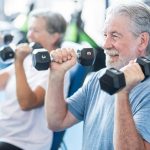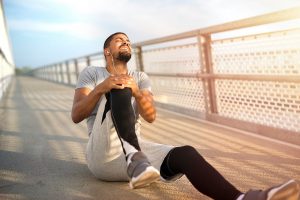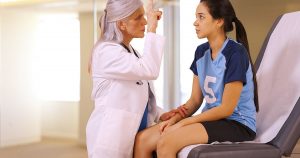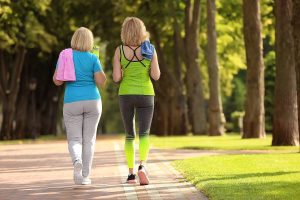
Does a crowded neighborhood make you move more? Yes, says new research that found people who live in highly populated areas walk more than people who live in less densely populated areas. Since more walking is connected to better health, generally speaking, the extra steps can make a big difference in terms of promoting an active lifestyle and public health, said lead study author Glen Duncan, a Washington State University nutrition and exercise physiology professor. “We have so many people in the U.S. population who don’t get sufficient activity. If we could shift the percentage of the population that just took on more plain old walking, we would see real health benefits,” Duncan said in a university news release. In other words, improving local walkability, and getting more Americans to walk, can potentially boost the health of the entire population. For this study, researchers examined twins’ activity levels by location. Neighborhoods were deemed walkable based on an index that measures the density of people, roads and desirable places to walk to — destinations such as stores, parks, restaurants and coffee shops. The study analyzed data from surveys of 5,477 pairs of twins who lived in various parts of the United States. Data from 2009 to 2020 — which included information about where people lived, the number of minutes they walked in a typical week and… read on > read on >











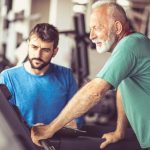
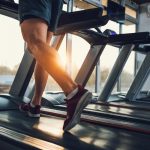
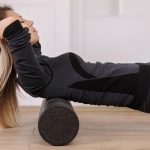
-150x150.jpg)

-150x150.jpeg)

